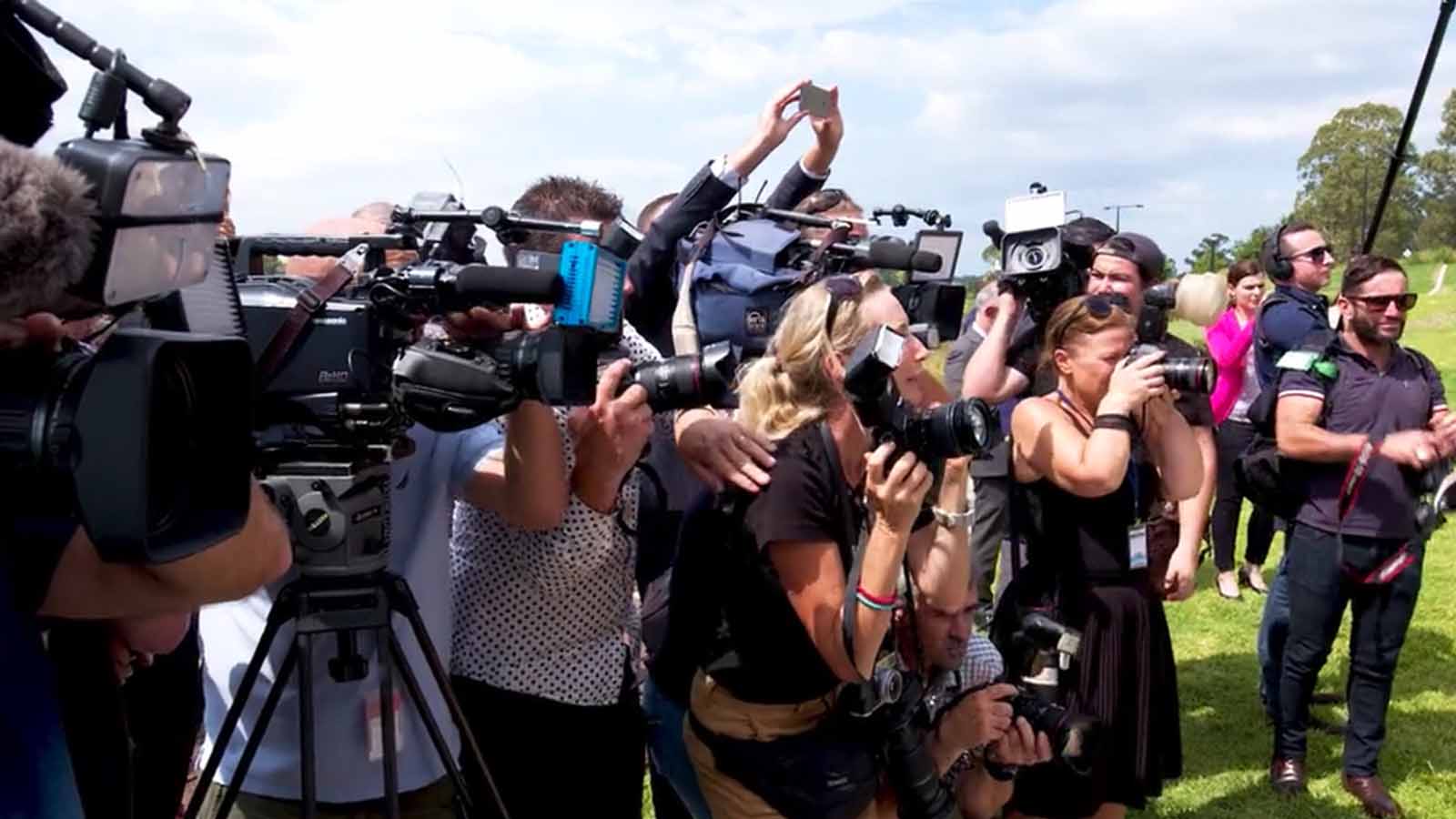One of the most common questions that I get in my media training programs, is “can’t we just say ‘no comment’ if we don’t want to answer”?
It’s an understandable approach, given how often we all see the phrase get used on the news.
An annoyed politician in trouble: “No comment.”
A sports star behaving badly: “No comment.”
A CEO approached for analysis on falling stock prices: “No comment.”
This seemingly innocuous response in shooing away a reporter may appear to offer protection, but in reality, it can lead to a host of negative consequences. “No comment” is not a good strategy for handling media interviews. Do you really have no comment? There is almost always at least something you can say on a given topic. There are much better ways to handle things.
Why avoid saying it?
Firstly, it gives a clear perception to the audience that you have something to hide. Whether fair or not, the audience is likely to form a view that at best you’re not being transparent and at worst, you’re guilty of something! When someone responds with “no comment” during a media interview, it sends a clear signal that they are unwilling to provide any information or address the issue at hand. The public and media professionals often perceive such a response as an attempt to hide something, leading to a loss of trust and credibility. Instead of building rapport and establishing an open dialogue, the “no comment” approach can fuel speculation and raise even more questions.
A refusal to comment in media interviews can significantly damage an individual’s or organisation’s reputation and image. In the absence of a statement or an alternative response, public perception often leans toward negativity and assumption. Media outlets may seize the opportunity to develop their own narratives, which can be detrimental to the person or entity involved. A lack of engagement can create the perception that the individual or organisation has something to hide, reinforcing negative stereotypes and undermining trust in their credibility.
It’s actually a missed opportunity
Media interviews offer a valuable opportunity to shape the narrative surrounding an issue or event. They give you the opportunity to “have your two cents worth”.
By choosing not to comment, individuals or organisations relinquish the chance to provide their perspective, clarify misunderstandings, or offer necessary context. By staying silent, they allow others to fill in the gaps, potentially resulting in a distorted representation of the truth. Engaging with the media enables proactive participation in the storytelling process and can contribute to a more balanced and accurate portrayal. It’s hard to complain about how you’ve been portrayed in a media story if you haven’t offered any comment.
Media interviews are not only about addressing specific questions or concerns but also about educating and informing the public. By actively participating and providing insightful comments, individuals or organisations can help shed light on complex issues, dispel myths, and offer valuable knowledge. By saying “no comment,” they forego the opportunity to contribute to public understanding and to demonstrate their expertise or thought leadership.
It gives a free kick to your detractors
When someone refuses to comment during a media interview, it inadvertently strengthens the opposition’s position. By declining to engage in a dialogue or refute arguments made by others, the opposition is given free rein to shape public opinion without resistance. This passivity can lead to the perception that the individual or organisation lacks conviction or a robust defence. By actively participating and providing counterpoints, one can more effectively influence public opinion and maintain control of the narrative.
So what should you do instead?
In media training, I help participants understand and be able to use the “bounce technique” for difficult questions where they either can’t – or would rather not – engage directly with the question has been asked.
Using the bounce technique, ensures at least an acknowledgment of the question (if not a detailed response to it), before the use of a bounce statement which redirects the discussion to a more favourable topic or message.
A way this might appear in practice is: “Look, from a legal perspective, we’re quite limited on what we can say about this issue right now, but what I can say more broadly is…”
This approach is useful, because it engages with the question, it acknowledges the reason why your reply will be limited, but it also takes the opportunity to speak more broadly on other more positive topics/angles that are
The bounce technique isn’t easy to master, but it is a crucial component of solid media training, and a great alternative to simply saying “No comment.”
While saying “no comment” may appear to be a safe and simple response during media interviews, it often leads to more harm than good.
You can learn more about how to more effectively handle the media in Chris Urquhart’s media training programs.


